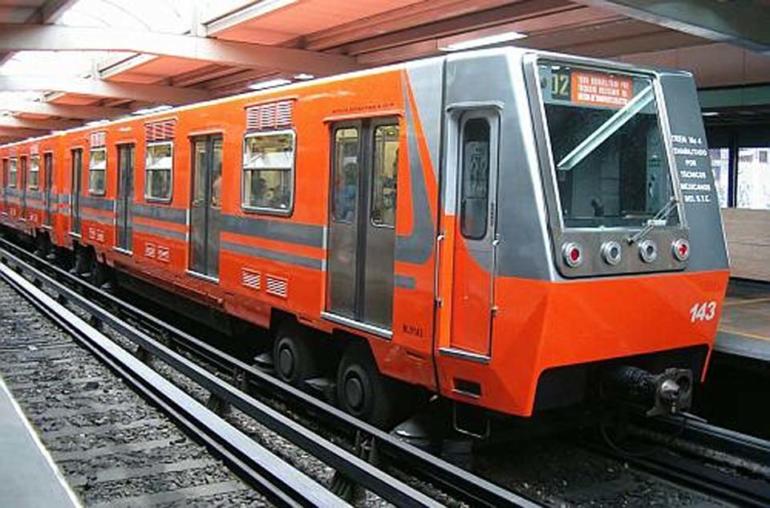Officials in Mexico City have announced a $2 billion investment aimed at upgrading the city’s underground subway system. The modernization plans come as the Mexican capital marks 50 years of its beloved “Metro,” a public transportation system has transformed the daily lives of residents.
CGTN’s Franc Contreras reports.
Construction began on Mexico City’s underground Metro system back in 1967. Engineers and work crews tunneled deep beneath this mega city built on a lake. Constant seismic activity further complicated their work. Service began in 1969.
Affordable, safe and dependable transportation is made available in underground 195 stations. Passengers wait on average about one and a half minutes for a train to arrive.
Officials estimate that about 5 and a half million people use the Mexico City Metro every day, and at a price of 5 pesos for any ticket —the value of a U.S. quarter – it’s accessible to just about anyone in this vast capital.
Veronica Mendoza Carreño began working for the Metro more than 30 years ago. First, she sold tickets. Later, she became one of the first Mexican women to drive a Metro train. Now she’s the top manager in charge of Metro Line One – known locally as the Pink Line – one of 12 lines in all.

Mexico City Metro Map Photo/ Sistema de Transporte Colectivo
“Each one of our trains can hold up to 12-hundred passengers. And with so many people, this is a big responsibility. Just one error committed by a conductor could have repercussions in the lives of the people we are transporting,” said Mendoza Carreño.
Control centers monitor the movements of all trains which operate every day, all year long. The director of one Control Center said his team is on constant look-out for possible problems.
“We are ready even if an object falls from a passenger onto the tracks. Even the weather can affect our operations if we get heavy afternoon rains in Mexico City,” said Alejandro Varela, a Metro Central Control Coordinator.
Mexico City’s Metro even boasts of a pre-Hispanic archeological site – at the downtown Pino Suarez station. This piece is dedicated to Ehecatl, the Aztec God of Wind.
Passengers told CGTN that the station boosts their pride in Mexico’s ancient cultures, and they praise the system’s efficiency.
Paloma Palizo has used the Mexico City Metro each day for decades.
“Right now, with traffic, it takes me three-and-a-half hours to get from my home to the university where I study. Imagine that without the metro,” she said.
For comfort, Mexico City’s 50-year-old Metro still uses rubber wheels to keep the noise levels down. It’s a sound that’s become part of life here in North America’s most populated urban area.
 CGTN America
CGTN America
 Mexico City Metro marks 50th anniversary of public service. Photo/ Sistema de Transporte Colectivo
Mexico City Metro marks 50th anniversary of public service. Photo/ Sistema de Transporte Colectivo
